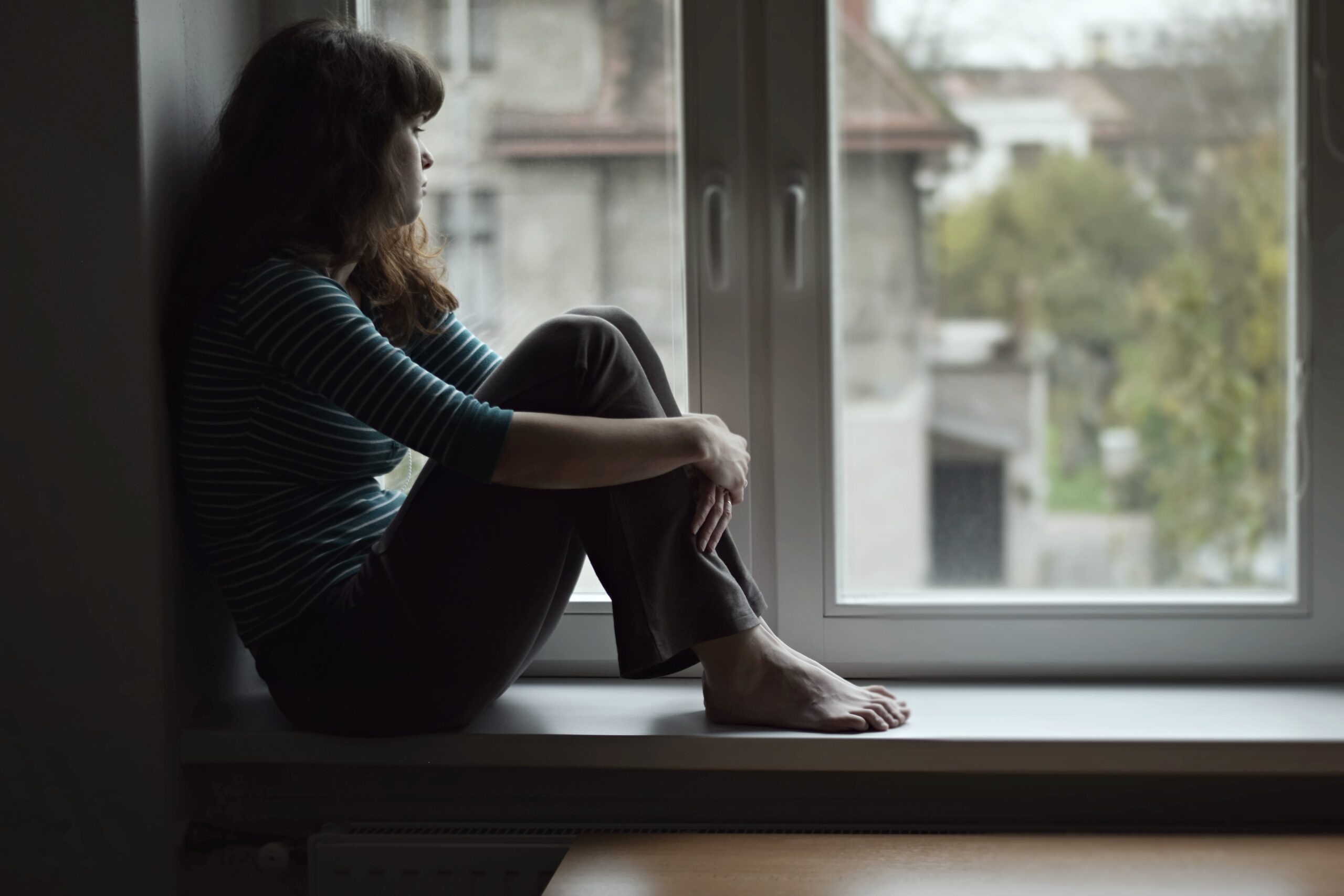
Especially around this time of year – late winter, before the signs of spring spark some joy – experiencing depression symptoms is common. The thrill and magic of the holidays are past, and the warmth and promise of summer is still a way off. Even for those of us living in mild climates, the shorter, darker days and humdrum of February monotony wear on.
But for some, feeling down isn’t so short-lived. Perhaps feelings of dread, hopelessness, boredom, and despair are persistent and hard to kick.
Feeling down or sad from time to time is normal, but when those feelings linger and start to affect your daily life, it can be a sign of depression. However, it can be hard to distinguish between just having a dark stretch and having diagnosable depression. So here, we’ll dive into depression symptoms, explore the differences between the two and give you some tips on how to tell if you’re experiencing depression symptoms or just the blues.
What is Depression?
Depression is a mental health disorder characterized by feelings of sadness, hopelessness, and a lack of interest in activities that used to bring you joy. Depression can affect anyone, regardless of age, gender, or background. It is a serious condition that requires medical attention.
Depression can be caused by a number of factors, including genetics, environment, and life events. Some people may be more prone to depression due to their genes, while others may develop it after experiencing a traumatic event or prolonged stress. Others may have tough mood swings associated with hormones, like postpartum depression.
Whatever the case may be, depression is a complex condition, and its causes can vary from person to person. While knowing what causes depression can be helpful, it isn’t always necessary to find solutions and get the help you need.
Depression Symptoms
Depression can manifest in different ways, and depression symptoms can vary from person to person. Some common symptoms of depression include:
- Feelings of sadness, hopelessness, or helplessness
- Loss of interest in activities you used to enjoy
- Changes in appetite or weight
- Sleep disturbances (such as sleeping too much or too little)
- Fatigue or lack of energy
- Difficulty concentrating or making decisions
- Feelings of worthlessness or guilt
- Physical symptoms, such as headaches or stomach aches
- Thoughts of suicide or self-harm
If you are experiencing any of these symptoms and they have persisted for two weeks or more, it might be time to talk to someone. Depression can be treated, but it’s important to get help as soon as possible. A counselor, therapist, or helpline is a great place to start. Of course, our team is always here for you.
How to Distinguish Between Depression and the Blues
Feeling down or sad is a natural part of the human experience, and it’s normal to have bleak days or even bad weeks. However, when those feelings persist and start to affect your daily life, it’s important to distinguish between depression symptoms and the blues. Here are a few ways to tell the difference:
- Duration: The blues—for lack of a better term, are usually temporary and may only last a few days or a week. Depression, on the other hand, can last for weeks, months, or even years if left untreated.
- Intensity: The intensity of your feelings can also be a clue. If you are feeling sad or down but can still go about your daily activities and find pleasure in things, you may just be experiencing the blues. However, if you are feeling hopeless, worthless, or have lost interest in things that used to bring you joy, it may be a sign of depression.
- Triggers: If your feelings are triggered by a specific event, such as a breakup or job loss, it may be the blues. However, if your feelings seem to have no specific trigger, or if they persist long after the triggering event, it may be a sign of depression.
- Physical symptoms: Depression can also cause physical symptoms, such as changes in appetite, sleep disturbances, and fatigue. If you are experiencing these symptoms along with feelings of sadness or hopelessness, it may be a sign of depression.
What to Do If You Think You Have Depression Symptoms
If you are experiencing depression symptoms, get yourself some help. There is a way out, and no need to suffer alone. Depression is a treatable condition, and there are many effective treatments available, such as therapy, medication, and lifestyle changes. You can start by talking to your primary care doctor or a mental health professional, or get in touch with one of our compassionate clinicians.
In addition to seeking professional help, there are a few things you can do to manage your depression symptoms and show yourself some love:
- Get regular exercise, which has been shown to be effective in treating depression
- Eat a healthy diet that includes plenty of fruits, vegetables, and whole grains
- Practice relaxation techniques, such as deep breathing or meditation
- Try to get enough sleep each night
- Avoid drugs and alcohol, which can make depression worse
- Talk to someone you trust, such as a friend or family member, about how you are feeling
Remember, depression is a treatable condition, and with the right treatment and support, things can improve. Remember that it’s okay to not be okay and nothing lasts forever. If you are experiencing depression symptoms, please do not hesitate to ask for help. Take care of yourself and know that you are not alone.